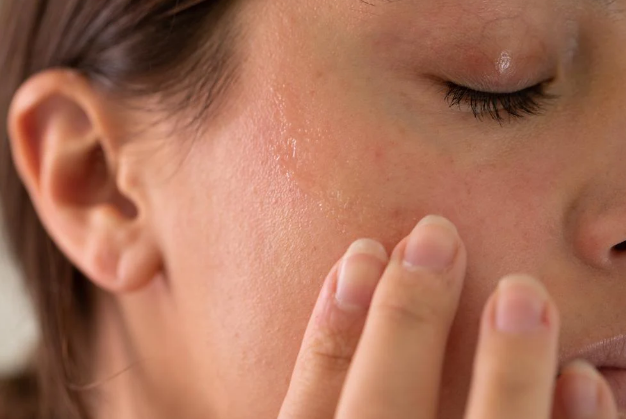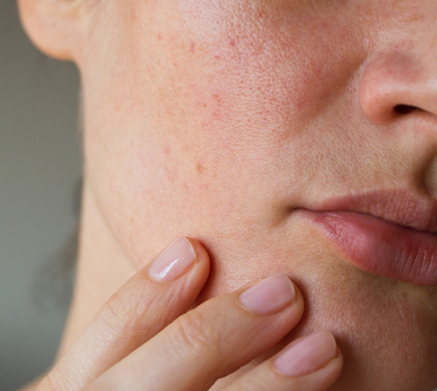Have you found yourself staring into the mirror lately, only to discover that your once vibrant and happy skin has transformed into a dry, lackluster facade? Before you dismiss it as mere dehydration, consider that it might be a case of deep-seated dryness haunting your complexion. While it might seem like a minor distinction, understanding the difference between dehydrated skin and dry skin can be the key to unlocking not just a good skin day, but a lasting glow. Let's delve into the nuances of these two skin concerns.
What Is Dry Skin And How To Treat It?
Dry skin, unlike its dehydrated counterpart, is characterized by a lack of oil. It's not a fleeting condition but a more enduring skin type. The telltale signs lie in the skin's texture, residing deep within its layers and manifesting as dry, flaky cells on the surface. This gives the skin a rough, cracked, and slightly leathery appearance, lacking the suppleness and elasticity that can lead to the emergence of wrinkles.
While you can't exactly "fix" dry skin, you can certainly enhance its appearance. Start by replenishing the oils that dry skin fails to produce naturally, incorporating a rich and nourishing face oil into your skincare routine. Say goodbye to foaming cleansers that strip the skin; opt for an oil-based cleanser that not only cleanses but also infuses moisture. Ingredients like natural botanical oils and coconut oil work wonders in shedding that rough, flaky texture, leaving behind soft and radiant skin.
Supplements can play a role too. Consider adding an omega-3 fatty acid-rich supplement, such as krill oil, to your regimen to nurture and care for your dry skin. It's not just about a good skin day; it's about embracing a good skin life, and there's a lot at stake here.
What Is Dehydrated Skin And How To Treat It?
On the flip side, there's the issue of dehydrated skin. When we say 'dehydrated,' we're talking about a specific skin condition that can affect anyone, even those with oily skin or combination skin. Unlike lacking oil, dehydrated skin is thirsty for water, a crucial element for achieving a plump and healthy appearance.
Dehydrated skin tends to appear flat due to deflated surface cells, showcasing a network of tiny, triangular fine lines. You might feel a tightness on your face, and your complexion may seem like someone dimmed the lights inside it. If you've recently noticed signs of dehydration, blame it on the changing seasons. Anything that harms the skin barrier, such as temperature fluctuations, harsh weather, stress, sun damage, and lack of sleep, can lead to skin dehydration.
Be cautious with your skincare routine, as overly potent products can worsen the problem. Harsh products can gradually damage the skin barrier, preventing it from maintaining adequate moisture levels. Toss those abrasive face scrubs aside—they'll only make things worse.
Instead, opt for hydrating solutions like serums containing hyaluronic acid and collagen, along with water-based face mists to replenish moisture and restore your skin's bounce. Consider Simple's Water Boost Hydrating Booster ($6), known for it’s moisture-loading properties and gentle treatment for sensitive skin. While drinking two to three liters of water daily is crucial for maintaining skin moisture, don't overlook the power of water-rich foods. Incorporate cucumber, lettuce, avocado, broccoli, and watermelon into your diet to support your skin's hydration from the inside out.
Dehydrated Skin vs. Dry Skin: What Is The Difference?
Dry skin and dehydrated skin are often used interchangeably, but they are different. Dry skin lacks oil, while dehydrated skin lacks water. Knowing the difference can help you choose the right products to keep your skin healthy and hydrated.














